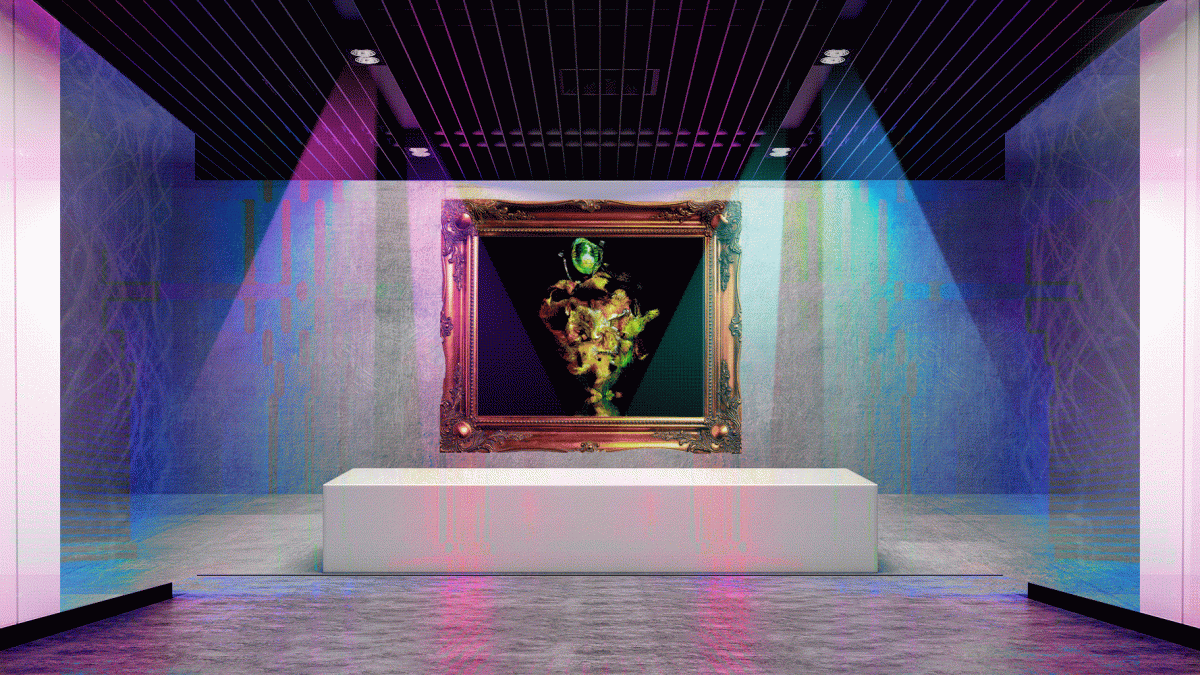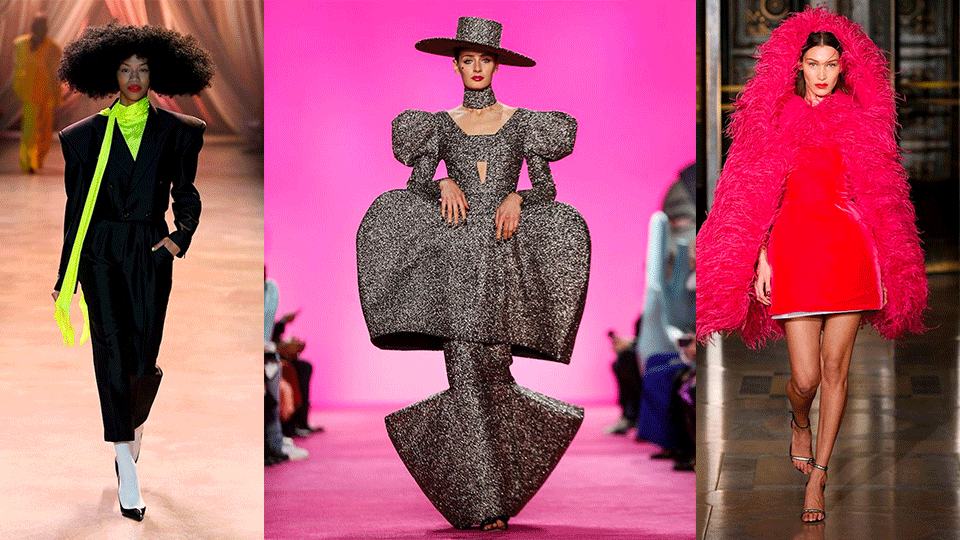- À New Wave to Fashion, À New Way of Living. Download Now on iOS Android Canada SS22
- hello@alahausse.ca
Success of Digital Fashion: the NFT Baby Birkin

Virtual Fashion Shows Are Making Luxury Accessible
August 11, 2021
Iris Van Herpen is Known for Incorporating Technology Into Haute Couture
August 11, 2021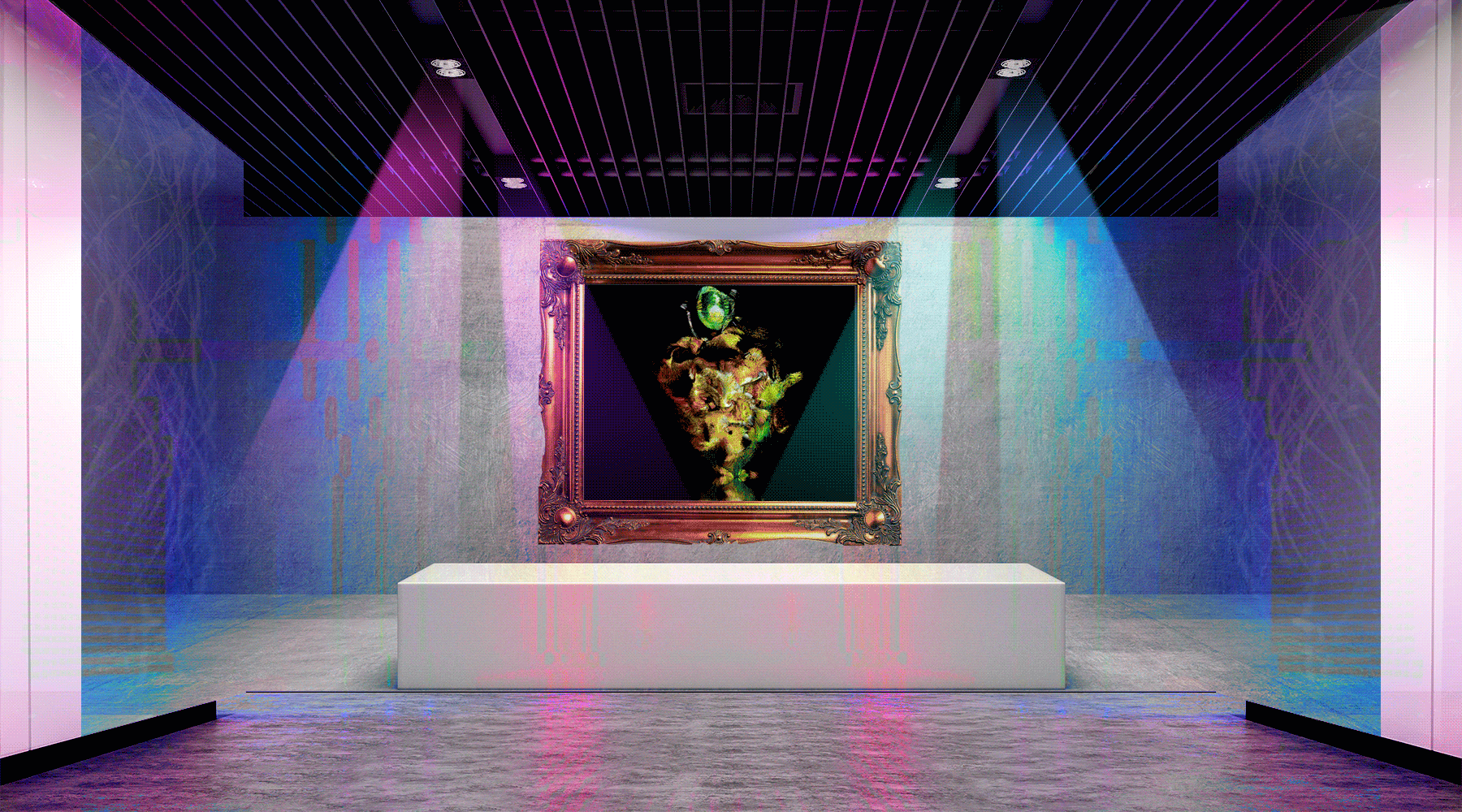
Written by: Jennie Yang, Edited by Dante Lusson
With the rise of cryptocurrency came the rise in NFTs as well. NFTs, or non-fungible tokens, are popular digital tokens that represent real life objects. People bid and buy them online, oftentimes through the use of cryptocurrency. In fact, most NFTs are said to be encoded with the same or similar software used with cryptocurrency. In general, they are of a limited supply. While they share similar software with cryptocurrency, that is where the similarity ends. Each NFT is worth something entirely different from the next, and each can hold different sentimental value to different owners. These tokens can only belong to one owner at a time, increasing the individual value of each token. During the pandemic, artists have used this platform to display their work. The fashion industry has also taken part in order to broaden their reach. Most notably, the NFT baby Birkin recently sold at a price higher than the real Birkin bag.
Effect on Fashion Industry
In a time before the NFT hit peak popularity, companies would have limited drops and timed releases in order to increase hype. Once these items were released, it was first come first serve. Companies like Adidas even handed out raffle tickets so only a lucky number could get their limited releases of Yeezys. By creating a unique product and making it seem like it was an earned right to even buy the product, there was an incredible amount of hype and attention on their releases and products. NFTs work in the exact same way; there are no repeatable tokens and once it is gone it will never reappear again.
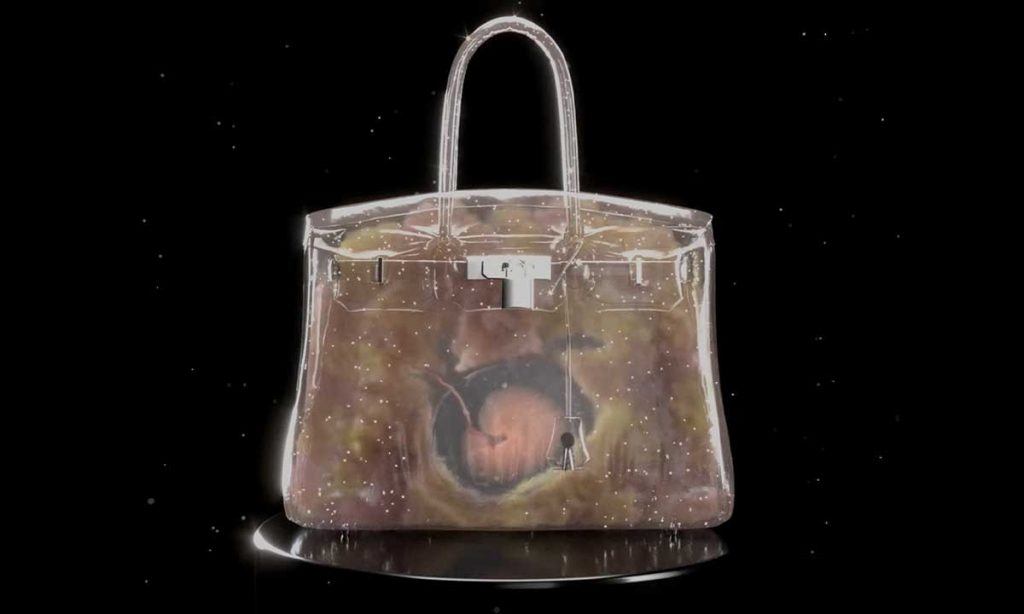
NFT’S meet fashion
Where the NFT market and the luxury fashion industry meet is scarcity. Companies like Gucci are aiming to release lines in the realm of digital fashion, allowing people to digitally present the clothing and pieces on themselves through social media. NFTs are becoming social assets. People never buy luxury products because it is of necessity. They buy these products to showcase their own tastes and reflect their own socio-economic status back upon society. Because of NFTs, luxury is also becoming much more attainable and widespread. People no longer need to be elites and attend in person fashion shows. Now, they can be seated in front of a device, credit card in hand, ready to immerse themselves into the large world of luxury fashion.
The Baby Birkin NFT
Hermés artists Mason Rothschild and Eric Ramirez recently auctioned off their animated Baby Birkin NFT for over twenty three thousand dollars. Penned as the “holy grail” of handbags, the Birkin is incredibly scarce and sought after with an impossible waitlist and a staggering price point. Bikrins can retail for up to fifteen thousand dollars, but the price the NFT Birkin was sold at absolutely buries those numbers. Not only is this monumental in sheer value financially speaking, but it also marks the huge success of digital fashion.
The success of the NFT comes from its scarcity. There is only one baby Birkin NFT in circulation while there are around two hundred thousand physical Birkin bags in circulation. The buyer of the NFT, Aki Hayashi, bid a total of four times for the token. The big difference between the physical Birkin was the creativity. It was centered around a luxurious idea, surrounded by a space background, and also showed off a baby in the middle as well. The NFT was the intersection between the physical product and artistic creativity, only further increasing its value to consumers.
Digital Success
Because of the coronavirus pandemic, the fashion industry has resorted to digital means in order to generate interest for their collections and drops. They have found success with virtual fashion shows, and more recently with digital tokens. Having digital fashion allows more inclusiveness and more people can discover the alluring qualities of fashion through the comfort and convenience from their own homes. With the NFT birkin selling more than the real birkin bag points to an era where digitalization could completely take over. Instead of shopping in person, people shop online. Instead of physically wearing pieces, people instead photoshop them onto their bodies. For better or worse, digitalization is a force that will be inevitable not only just in the fashion industry, but for all industries around the world.
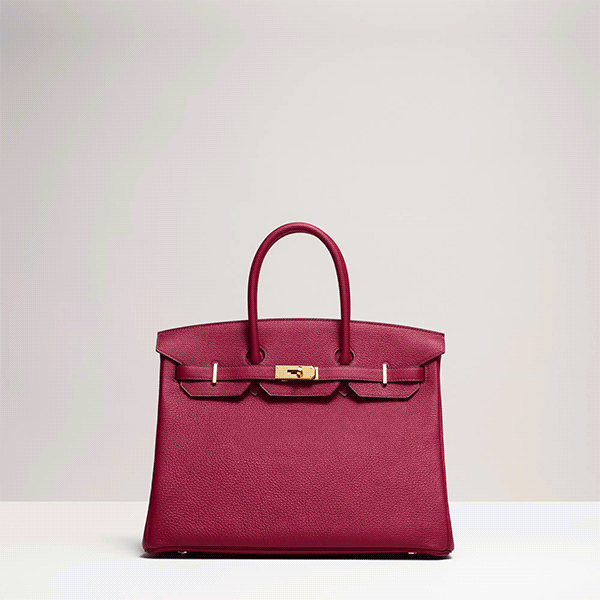
An Unknown Future
Practically everyday we hear of a new NFT from an artist or a celebrity. Is the hype just at an all time high because people are kept in their own quarters? Is it because with less physical interaction people are now more in touch with the digital world?
Today, it is regarded as a more efficient way to conduct business. Today, NFTs are a beneficial aspect that allows the fashion industry to broaden their reach and allow more people to look at their products. However, with the popularity of NFT will come a variety of other consequences, similar to the opening of Pandora’s box. All that is left to do is to wait with bated breath and hope for the best.
Via ÀLA.HAUSSE‘s Multi-functional and Multi-purposeful Fashion Ecosystem- BUY/SELL/RENT/LEND/ (swap BETA 2021) mobile application, INDIVIDUALS & brands (BETA 2021) are encouraged to REBUY, RESELL, REUSE and UP-CYCLE their personal “Closets” aka Clothing Assets, along with overstock inventory and samples. Through this consumerism habit shift we indirectly slow down the urgency on fashion’s carbon footprint, aiding sustainability as a whole.
BETA Early Access Application Now Opens SS21 iOS Android
with Stories on www.alahausse.ca
#ALAHAUSSE #WEARYOURPURPOSE #HAUSSEPEOPLE
References:
- https://www.forbes.com/sites/zengernews/2021/05/30/after-the-hype-the-future-for-nfts/?sh=11a835ac2146
- https://www.forbes.com/sites/forbesbusinesscouncil/2021/06/24/how-nfts-are-changing-the-fashion-and-art-landscapes/?sh=27c8640b2267
- https://www.highsnobiety.com/p/baby-birkin-nft-basic-space/
- https://www.forbes.com/advisor/investing/nft-non-fungible-token/
